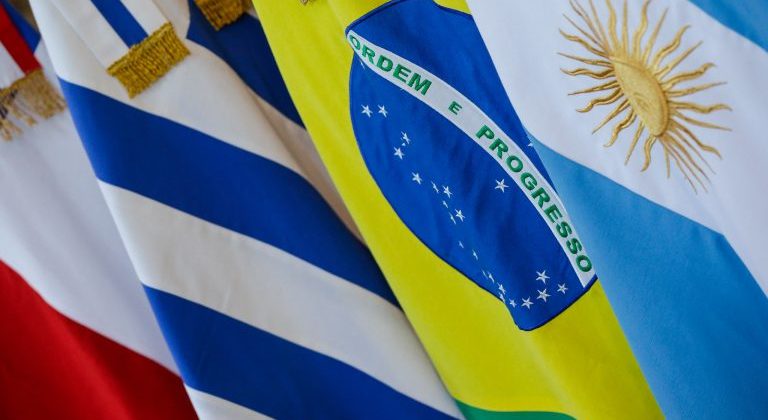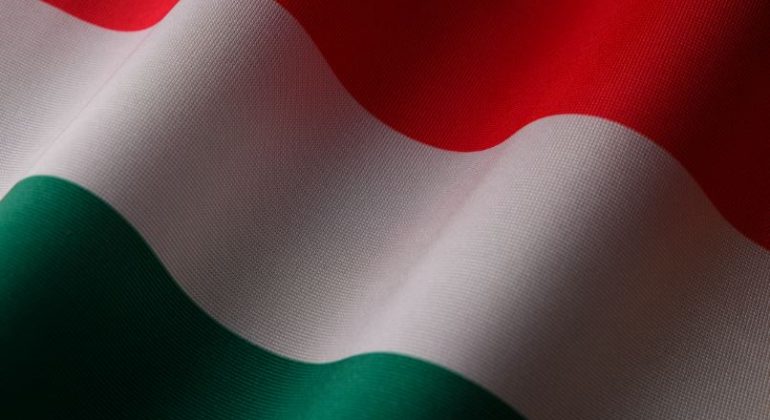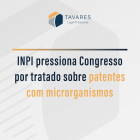The new Brazilian action plan is launched and sets a 3-year target for granting patents until 2025
Clique aqui para ler esta notícia em português.
The 2023-2025 Action Plan of the National Intellectual Property Strategy (ENPI) was launched on Tuesday (10/24), with publication in the Official Gazette of the Union (DOU), which aims to ensure progress towards an effective and balanced intellectual property system, which leverages Brazil’s competitiveness and economic and social development.
The plan, prepared by the Interministerial Intellectual Property Group (GIPI), brings together 63 actions and 161 deliveries across seven areas of activity. Among them, measures to promote administrative efficiency allowed the establishment of a new target for decision time on patent applications, which will increase from 6.9 years (reference of December 2022) to 3 years by July 2025. The target is intermediate since the INPI has planned complementary actions that will allow the target to be reduced to 2 years in 2026, as already announced by the vice-president and minister of Development, Industry, Commerce and Services (MDIC), Geraldo Alckmin.
Furthermore, the plan is designed to increase Brazil’s position from 6th to 3rd in the ranking of countries in terms of several trademark registrations and from 12th to 11th position among countries in several industrial design filings. Finally, there is also a target to increase the number of innovation projects benefiting from mentoring and training in intellectual property from 227 to 450.
“The main challenge for the Plan is to maintain a concerted and strategic action between the different actors operating in the IP system, aiming to achieve more effective results with greater impact on society,” says the Secretary of Competitiveness and Regulatory Policy at MDIC, Andrea Macera. “161 deliveries were planned, involving 18 government bodies and 11 civil society institutions. Now our challenge is to coordinate GIPI participants for the implementation and deliveries of all ecosystem actors within ENPI”, adds the Secretary coordinator of the group.
She highlights that one of the plan’s objectives is to bridge the gap between development and intellectual property, aiming for the practical application of patents by the industrial sector, for example, with technology transfer. “More than half of national patent filings come from universities and do not necessarily translate into technology transfer to industry,” explained Macera.
Actions: The actions foreseen in the Action Plan are aligned with the priorities of the government’s agenda, especially the missions defined by the National Council for Industrial Development (CNDI).
There are governance, educational, mentoring, training initiatives, regulatory updates, structure qualification, and process simplification, among others.
For using IP as a sustainable development tool, for example, deliveries such as matchmaking in green technologies and training in the Amazon region are planned to generate income from IP assets, such as geographical indications and collective brands. Actions will also be carried out to promote the diversity of users of the national IP system with mentoring on the topic in training programs for women entrepreneurs, such as Elas Exportam (They Export) and Empreendedoras Tech (Tech Entrepreneurs).
Some educational initiatives will aim to disseminate the culture of Brazilian intellectual property to audiences of different levels of education. This is the case of the PI nas Escolas (IP in school) program, which rewards public school teachers who bring IP knowledge to students. Higher and technical education proposals will be discussed in a specialized group within the scope of GIPI.
By encouraging teaching about Intellectual Property, Brazil advances towards experiences adopted by other countries. In South Korea, for example, children have been discussing the issue since elementary school. In the United States, this practice takes place in high school. In many cases, the subject is mandatory in undergraduate courses.
The plan creates an IP intelligence nucleus that will produce, every semester, a study that contributes to identifying technological capabilities and trends. The first selected study will focus on biopharmaceutical patents to analyze freedom of operation in the country and support policy decision-making in the Health Economic and Industrial Complex (CEIS).
It is also planned to include IP criteria and content in funding notices supported by bodies such as the National Bank for Economic and Social Development (BNDES), the Financier of Studies and Projects (Finep), and the Coordination for the Improvement of Higher Education Personnel (Capes). In this case, the objective is to protect innovations from research and development with public resources.
To build the action plan, GIPI incorporated suggestions from civil society in a public grant-making process finalized in May. Altogether, the measures collected encourage creativity, investments in innovation, and access to knowledge for greater competitiveness and economic and social development in Brazil. The goals set by the plan also support projects developed by Science and Technology Institutions (ICTs) and Technological Innovation Centers (NITs).
Source: MDIC









